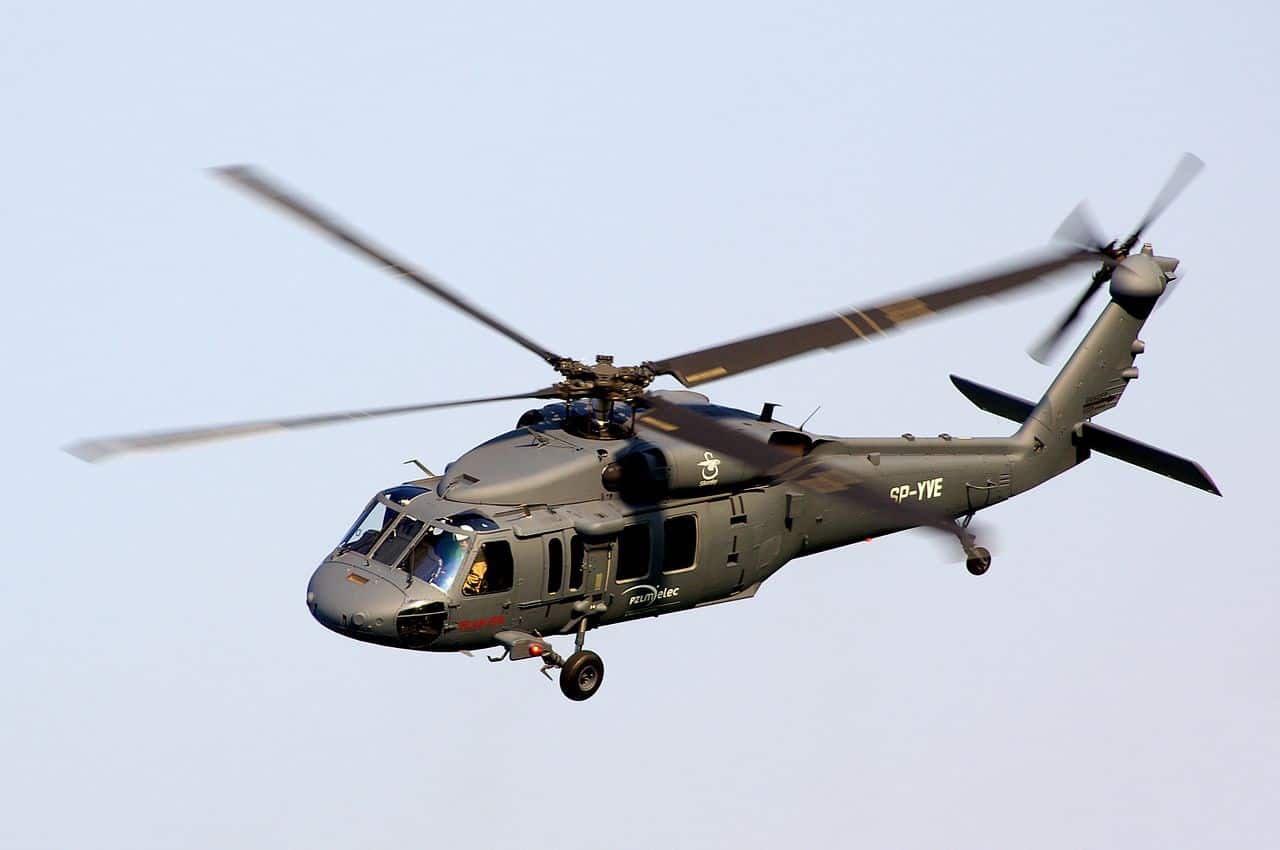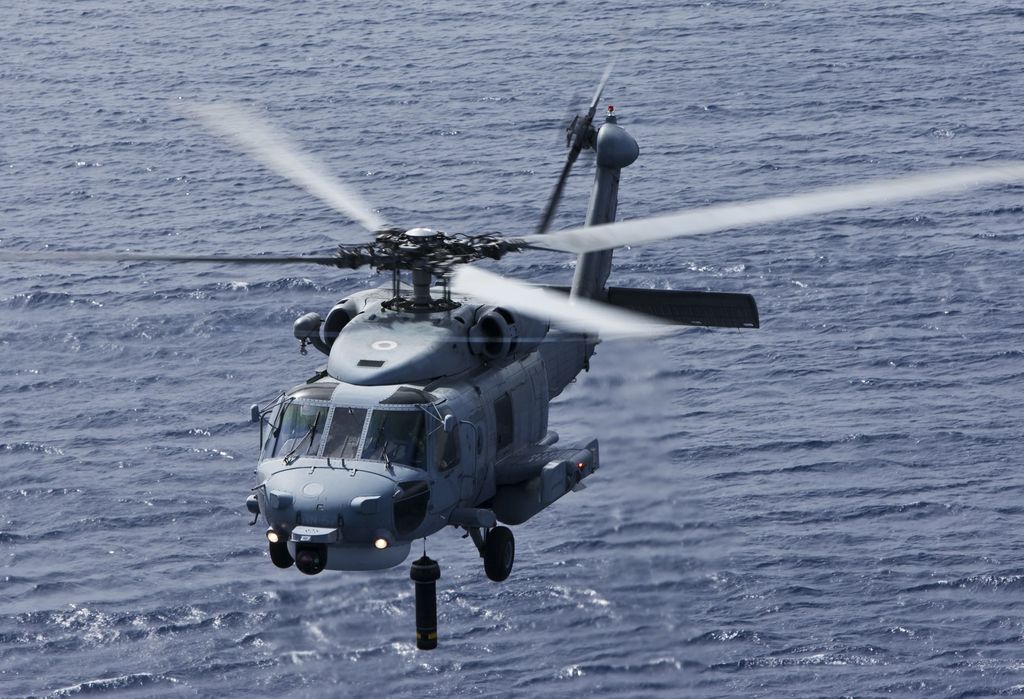The Sikorsky S 70 Helicopter: A Deep Dive into Its Style and Efficiency
The Sikorsky S 70 Helicopter: A Deep Dive into Its Style and Efficiency
Blog Article
Rotary-Wing Aircraft Offering Superior Sturdiness and Precision Design
In the realm of aviation, rotary-wing airplane have long been recognized for their unique capacities in various operational settings. From armed forces missions to noncombatant applications, the development of rotary-wing innovation has paved the means for equipments that offer unequaled toughness and accuracy engineering. Via innovations in materials and building and construction methods, coupled with innovative trip control systems, these aircraft have actually ended up being essential tools for jobs that require both effectiveness and accuracy. As we explore the detailed balance between development and dependability in rotary-wing airplane, it comes to be noticeable that the merging of sophisticated technology and proven design principles has actually set a new standard for performance and efficiency in the aerospace industry.
Development of Rotary-Wing Innovation
Throughout the history of aeronautics, the development of rotary-wing technology has actually been a testament to consistent development and advancement in aerial engineering. From the very early days of vertical flight with primary styles to the sophisticated helicopters and various other rotary-wing aircraft these days, the development in this area has been remarkable.
In the very early 1900s, pioneers like Igor Sikorsky and Juan de la Cierva made considerable strides in rotary-wing modern technology. Sikorsky's VS-300 helicopter, very first flown in 1939, noted an essential minute in the development of sensible rotary-wing airplane. This success led the way for further innovations in vertical flight capabilities.

Today, rotary-wing aircraft play important duties in numerous sectors, including armed forces operations, emergency clinical solutions, police, and business transport. The advancement of rotary-wing modern technology proceeds to press the borders of what is feasible in upright trip, making certain that these airplane continue to be essential assets in the aviation industry.
Materials and Construction Innovations
Showing a blend of sophisticated products and specific building and construction strategies, rotary-wing airplane have undergone significant advancements in resilience and performance. Among the vital advancements in materials used for rotary-wing aircraft is the raising application of composite products. These materials, such as carbon fiber reinforced polymers, supply a high strength-to-weight proportion, improving both the structural integrity and overall performance of the airplane. Furthermore, developments in manufacturing procedures have allowed for even more accurate and intricate building and construction of rotary-wing elements, adding to boosted aerodynamics and efficiency.
Furthermore, the assimilation of advanced finishes and surface therapies has actually played a vital role in improving the longevity of rotary-wing aircraft. These layers give security against rust, abrasion, and severe weather, extending the life expectancy of the airplane and minimizing upkeep needs.
In terms of building and construction technologies, additive production, additionally recognized as 3D printing, has actually revolutionized the production of facility components for rotary-wing aircraft. This modern technology enables rapid prototyping and personalization, bring about much faster development cycles and decreased expenses. On the whole, the continual evolution of materials and construction methods is driving the abilities and efficiency of rotary-wing airplane to brand-new elevations.
Accuracy Trip Control Equipment

The combination of GPS technology further enhances the precision and integrity of these systems, permitting for specific navigating, waypoint monitoring, and automated trip control. sikorsky s 70. This level of accuracy not only boosts the security of rotary-wing operations yet also boosts general functional effectiveness and objective effectiveness
In addition, the constant advancements in fabricated intelligence and artificial intelligence have actually assisted in the growth of self-governing trip capabilities within Accuracy Trip Control Solution. This enables rotary-wing airplane to execute complex goals with exceptional precision and consistency, making them crucial assets in a large array of applications, including armed forces procedures, search and rescue missions, and airborne digital photography.
Resilience in Testing Settings
Popular functional setups, rotary-wing airplane demonstrate outstanding resilience and robustness, making sure optimum efficiency under difficult ecological problems. These airplanes are designed to endure a variety of ecological factors, including extreme temperatures, high winds, and rough terrain, making them appropriate for different missions in varied landscapes.
One crucial aspect adding to the durability of pop over here rotary-wing aircraft is their rugged construction. These aircraft are built using premium materials and advanced engineering techniques to enhance their structural integrity and reliability. In addition, parts such as rotor blades, engine systems, and touchdown equipment are thoroughly created to stand up to the stress and anxieties and pressures experienced during procedures in difficult atmospheres.
Additionally, rotary-wing airplane are outfitted with innovative onboard systems that keep track of performance metrics in real-time, enabling positive maintenance and very early discovery of possible concerns - sikorsky s 70. This positive method helps prevent unanticipated failings and guarantees the continued airworthiness of the airplane popular operational settings. On the whole, the longevity of rotary-wing airplane in challenging settings is a testimony to their exceptional design and style, making them essential properties for different mission-critical operations
Upkeep and Reliability Requirements
The adherence to rigid maintenance and reliability requirements is paramount in making sure the optimal efficiency and safety of rotary-wing airplane. Regular upkeep checks, conducted by licensed technicians, are vital to determine and resolve any type of potential problems prior to they jeopardize the airplane's capability. These checks encompass a thorough examination of all important components, including the engine, blades system, avionics, and hydraulic systems, to guarantee that they are in prime functioning condition.
Additionally, adherence to set up maintenance intervals in conformity with manufacturer guidelines is critical for upholding the aircraft's dependability. This aggressive approach assists stop unanticipated break downs and guarantees that the airplane remains airworthy for its intended goals. Furthermore, the implementation of robust dependability requirements, such as regular component testing and replacement based upon established lifecycles, better boosts the airplane's stability.
Verdict

In verdict, the developments in rotary-wing aircraft technology have resulted in remarkable durability and accuracy design. With cutting-edge products and building and construction techniques, along with accuracy trip control systems, these airplane can run in difficult atmospheres with enhanced dependability. The upkeep and integrity requirements make sure that these rotary-wing aircraft remain to perform at their best, making them essential assets for numerous sectors.
Showing a combination of advanced products and specific building methods, rotary-wing aircraft have actually undertaken considerable developments in resilience and performance. One of the vital advancements in materials made use of for rotary-wing airplane is the enhancing utilization of composite products.With precise focus to information and advanced technical combination, rotary-wing aircraft have actually embraced Accuracy Flight Control explanation Equipment as a foundation of their operational quality. Overall, the longevity of rotary-wing aircraft in tough atmospheres is a testament to their remarkable engineering and layout, making them important assets for different mission-critical procedures.
In final thought, the advancements in rotary-wing aircraft modern technology go right here have led to premium resilience and accuracy engineering.
Report this page